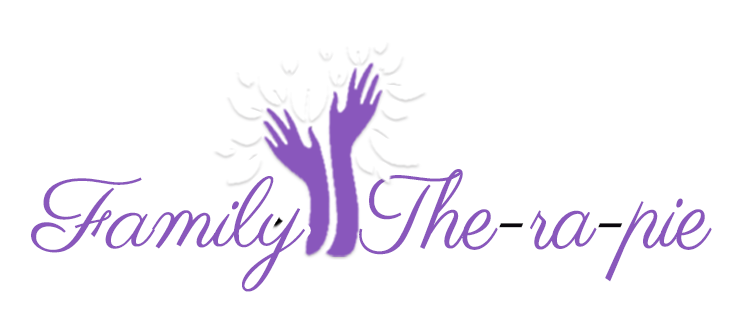Helping clients navigate through a divorce can be very tricky due to the many variables that come with this situation. Divorces are primarily dealt within the Family Court which pits one parent against the other. However, children who are stuck in the middle fell the most distress which can lead to feeling sad, not doing well in school, and/or behavioral issues.
Most referrals will come from the court system (the context) where the judge is trying to figure out what is in the best interest of the children. The job of the therapist is to provide a clear portrait of the situation, by looking at the patterns of each parent separately and together with the children. The therapist examines avenues for change by exploring the parent’s narratives and belief system. Some parents will convince themselves that the other parent is abusive and therefore the children need protection from him or her. As a result, the children or just one of them may refuse to have any contact with that parent. There are many triangulations that can take place in a divorce. Triangulation is when one person in a couple enlists the assistance of a third person such as the child, in order to solve the couple conflict.

The parents are in constant power struggles to see who will get custody of the children and will try to elicit an alliance from them. Emotions come into play with children sometimes becoming parentified and taking care of their parent’s needs as opposed to the adult tending to their needs. Once the situation between the two originating parents appears to be resolved, more issues can arise with the appearance of a new spouse/partner. Feelings of hurt, betrayal, and resentment can resurface, thereby making the therapist’s job more challenging and it is important to be aware of one’s own experiences and be sensitive to the possibility that this transitional problem may never be resolved.

